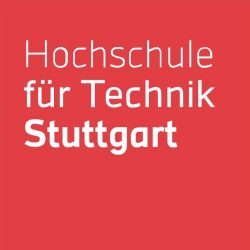- Developed by Fred D. Davis in 1989
- Extension of the Theory of Reasoned Action (Ajzen & Fishbein 1980)
- Predicts individual adoption and use of new technologies in a work context
- Intention to use new technology is based on 2 factors: perceived usefulness and perceived ease of use.
The Technology Acceptance Model

1. Perceived Usefulness (PU):
Describes the degree to which a person believes that their work performance can be increased by using the system, for example whether the system can help them to complete a task more quickly.
2. Perceived Ease of Use (PEU):
Refers to the extent to which a person has to make a mental or physical effort to use the technology.
TAM 2 and TAM 3
Because of increasing criticism towards the TAM it was extended with additional factors, such as social influence, age and gender, which influence the intention to behave. TAM2 is an Extension of the original Technology Acceptance Model by Venkatesh and Davis in 2000 which also includes external social factors that influence the behavioural intention to use new technology. In 2008, Venkatesh and Bala further extended the model.

Criticism of TAM:
- TAM: Originally developed for the adoption of IT at the workplace, TAM neglects the diverse needs relevant in the voluntary consumer context.
- Especially the lack of subjectivel norms or social impact is a major point of critique on the original TAM.
- The central constructs PU and PEU provide no information about how to make technology more useful and easier to use.
- TAM 2&3: Very complex due to the multitude of factors incorporated
Advantages of TAM:
- TAM 1: Due to its few factors, TAM is easy to comprehend and yet has demonstrated a high level of predictiveness in many contexts.
- TAM 2: Takes external and social influences into consideration as well. There is only a limited body of research, demonstrating the applicability of all factors to different fields of technology.
Field of Application:
- The TAM model refers to IT adoption in workplace situations, which is why this model is mostly used in the context of IT-related and work-related technologies
- TAM 2 and 3 have been successfully applied to a wide variety of innovations, while most studies have only confirmed some of the many proposed constructs.
To learn more about the Technology Acceptance Model visit the sources below:
Venkatesh, V. and Davis, F. D. (2000), “A theoretical extension of the technology acceptance model: Four longitudinal field studies”, Management Science
Venkatesh, V., & Bala, H. (2008). Technology acceptance model 3 and a research agenda on interventions. Decision sciences, 39(2), 273-315.

